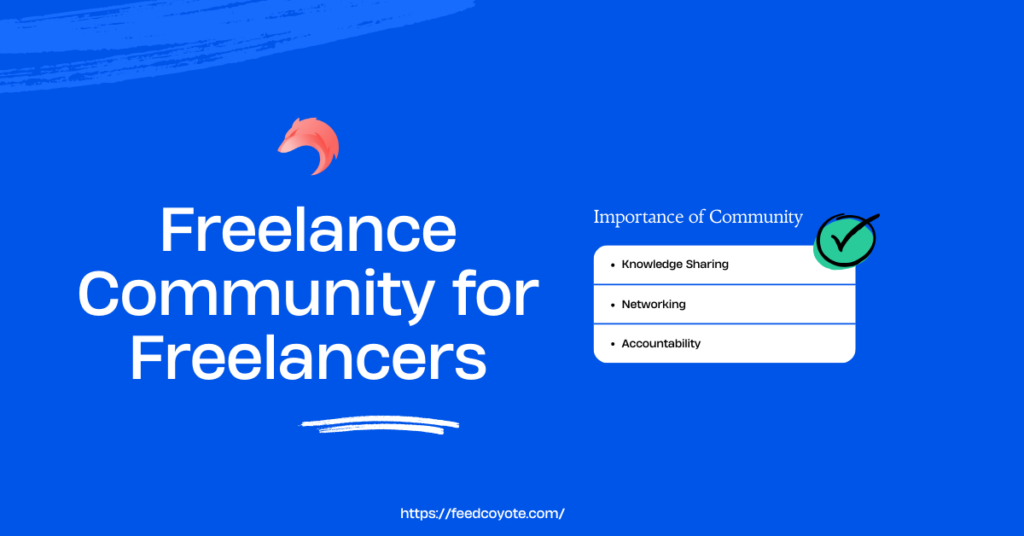Building a writing portfolio can feel like a daunting task, but it’s a crucial step for anyone serious about pursuing a career in writing. Whether you’re a freelance writer, a copywriter, or a content creator, having a solid portfolio can make all the difference in attracting potential clients and showcasing your skills. Your writing portfolio is a reflection of your expertise, style, and versatility. It’s your chance to make a great first impression.
Step 1: Identify Your Niche
To begin, it’s essential to identify your niche. This process involves understanding what you are passionate about and what topics you excel at writing. Your niche will help you stand out in a crowded market and attract clients who are looking for expertise in specific areas.
Why is Niche Selection Important?
Choosing a niche allows you to focus your efforts and develop a deep understanding of a particular subject. This specialization makes your writing more authoritative and appealing to readers and clients. For example, if you’re passionate about health and wellness, you could focus on creating content related to fitness, nutrition, and mental health.
How to Find Your Niche
- Assess Your Interests: Think about the topics you enjoy reading and writing about.
- Evaluate Your Expertise: Consider your educational background, work experience, and any other areas where you have substantial knowledge.
- Research Market Demand: Look for niches that have a strong demand for content but aren’t overly saturated with writers.
Examples of Writing Niches
- Health and Wellness: Fitness, nutrition, mental health, medical advice
- Technology: Software reviews, tech news, how-to guides
- Finance: Personal finance, investing, financial planning
- Travel: Destination guides, travel tips, hotel and restaurant reviews
- Lifestyle: Fashion, beauty, home decor, personal development
- Education: Educational resources, teaching strategies, academic writing
Step 2: Create Quality Content
Your portfolio should showcase a variety of content types to demonstrate your versatility. High-quality content will reflect your ability to produce engaging and informative pieces.
Types of Content to Include
- Blog Posts: Short, informal articles typically published on a blog.
- Articles: More formal and often longer than blog posts, suitable for magazines and websites.
- Case Studies: In-depth analyses of specific projects or topics, demonstrating your ability to handle complex subjects.
- White Papers: Authoritative reports that provide detailed information on a particular issue.
- Social Media Posts: Examples of your ability to engage audiences on platforms like Twitter, Facebook, and LinkedIn.
Tips for Creating High-Quality Content
- Research Thoroughly: Ensure your content is well-researched and accurate.
- Edit and Proofread: Eliminate grammatical errors and typos. Consider using tools like Grammarly or Hemingway for assistance.
- Use Engaging Headlines: Craft headlines that capture attention and entice readers to continue reading.
- Include Relevant Images or Infographics: Visual elements can make your content more appealing and easier to understand.
- Maintain a Consistent Tone and Style: Ensure your writing is coherent and reflects your personal brand.
Step 3: Set Up a Professional Website
A professional website acts as a central hub for your writing portfolio. It provides potential clients with a place to view your work and learn more about you.
Choosing a Platform
Select a platform that is user-friendly and professional. Popular options include:
- WordPress: Highly customizable with numerous plugins.
- Wix: Easy to use with drag-and-drop features.
- Squarespace: Known for its beautiful templates and user-friendly interface.
Key Elements of a Professional Writing Website
- Home Page: A brief introduction to who you are and what you do.
- About Page: More detailed information about your background and experience.
- Portfolio Page: Showcasing your best work.
- Contact Page: Easy ways for potential clients to reach you.
Optimizing Your Website for SEO
- Use Relevant Keywords: Incorporate keywords that potential clients might use to find writers in your niche.
- Write Meta Descriptions: Summarize the content of each page to improve search engine visibility.
- Ensure Mobile Responsiveness: Make sure your website looks good and functions well on mobile devices.
- Improve Site Speed: Fast-loading sites provide a better user experience and rank higher in search engine results.
Step 4: Showcase Your Best Work
Choose pieces that best represent your skills and experience. These should be diverse and demonstrate your ability to write on different topics and in various styles.
Selecting Your Best Pieces
Pick high-quality samples that reflect your strengths. It’s better to have a few outstanding pieces than a large number of mediocre ones. Your selected works should:
- Highlight your writing style and voice.
- Showcase your expertise in your chosen niche.
- Demonstrate your versatility with different types of content.
Organizing Your Portfolio
Organize your portfolio in a way that is easy to navigate. You can categorize your work by topic or content type. For example, you might have sections for blog posts, articles, and case studies. Ensure each piece is accompanied by a brief description that provides context.
Writing Case Studies and Testimonials
Including case studies that highlight successful projects and testimonials from satisfied clients can add credibility to your portfolio. Case studies should outline the problem, your approach, and the results. Testimonials provide social proof of your capabilities and professionalism.
Step 5: Promote Your Portfolio
After creating your portfolio, it’s essential to promote it to reach potential clients and opportunities.
Utilizing Social Media
Share your portfolio on social media platforms like LinkedIn, Twitter, and Facebook to reach a broader audience. Regularly post updates and share new pieces of work to keep your audience engaged.
Networking and Building Connections
Attend industry events, join writing groups, and connect with other professionals in your field to build your network. Networking can lead to referrals and new opportunities.
Pitching to Potential Clients
Send personalized pitches to potential clients, including a link to your portfolio and a brief introduction about yourself and your services. Highlight how your skills and experience align with their needs.
Conclusion
Building a writing portfolio takes time and effort, but it’s an investment in your career that can pay off in many ways. By following these five steps—identifying your niche, creating quality content, setting up a professional website, showcasing your best work, and promoting your portfolio—you’ll be well on your way to attracting clients and establishing yourself as a skilled writer.
FAQs
How long should my writing portfolio be?
Your portfolio should have a few high-quality pieces that showcase your best work. Typically, 5-10 pieces are sufficient.
Can I include personal blog posts in my portfolio?
Yes, if they are well-written and relevant to the type of work you want to do.
What if I don’t have published work?
You can create sample pieces or write guest posts for blogs in your niche to build your portfolio.
How often should I update my portfolio?
Regularly update your portfolio to include your latest and best work. Aim to review and refresh it every few months.
Is it necessary to have a personal website for my portfolio?
While not mandatory, having a personal website makes your portfolio look more professional and accessible.





